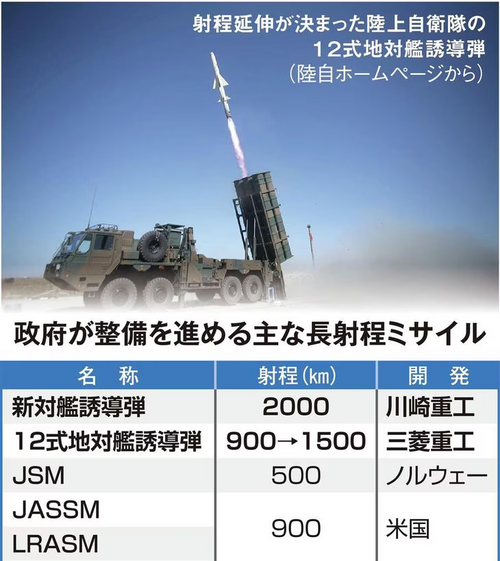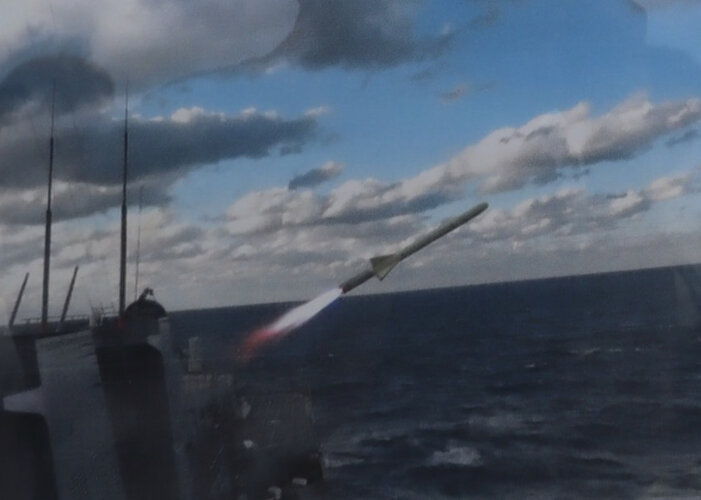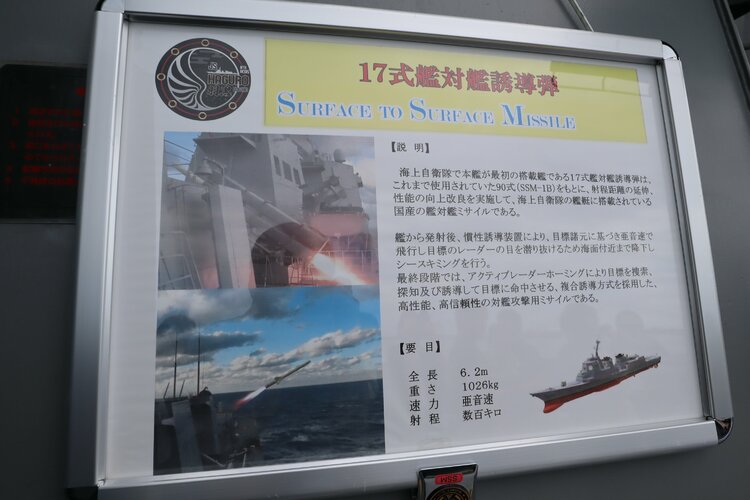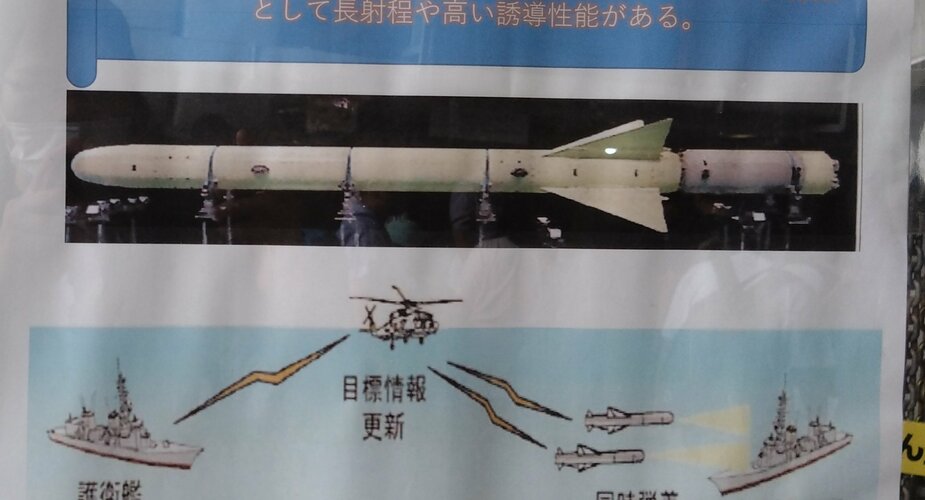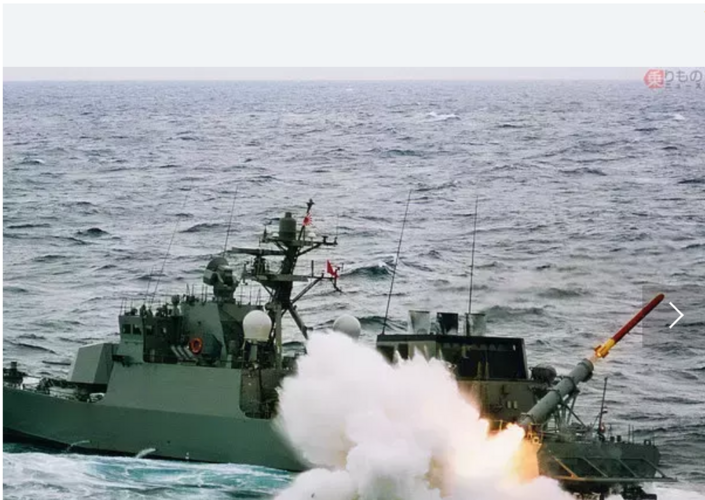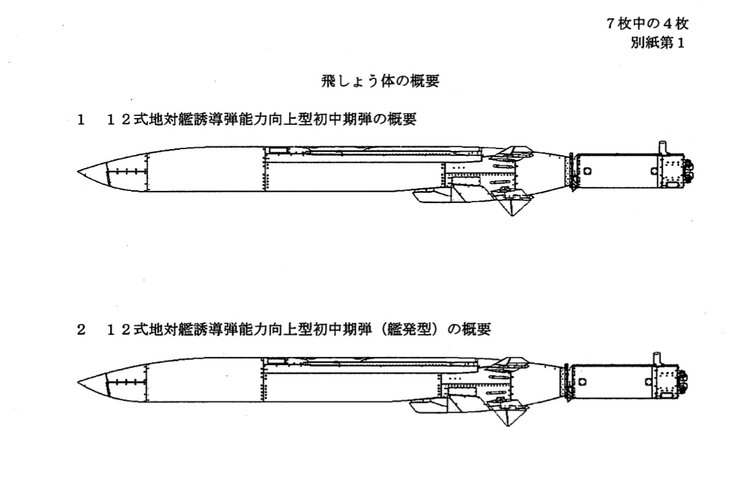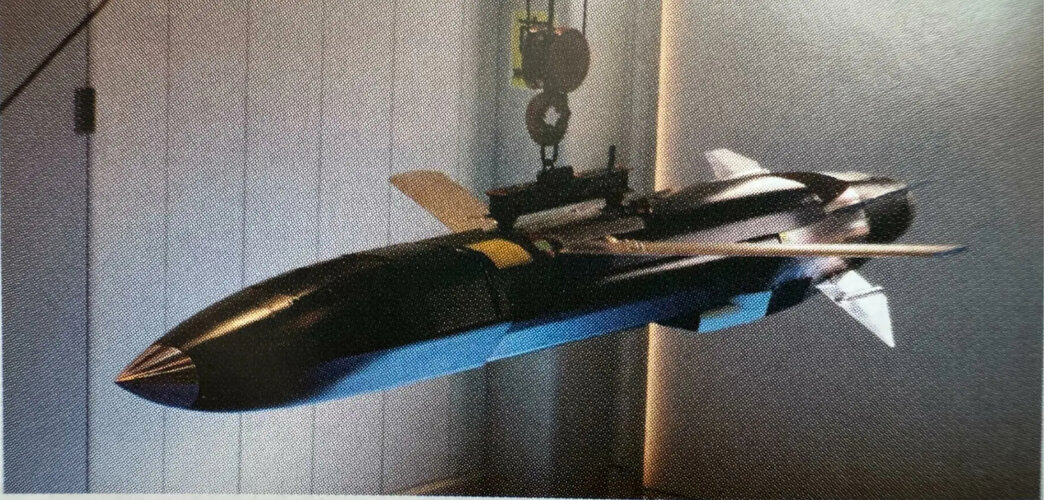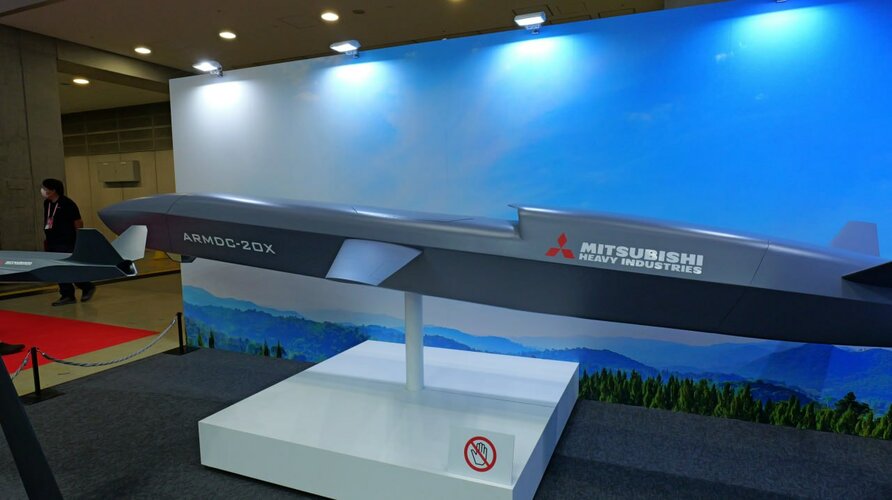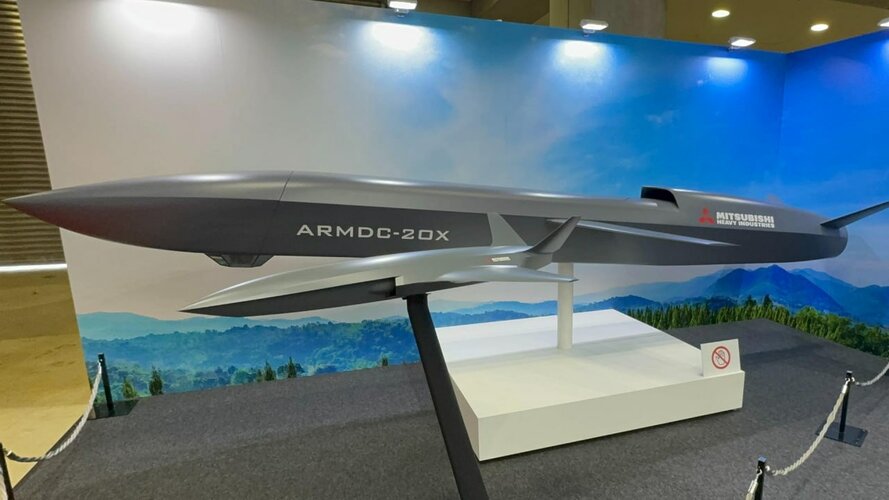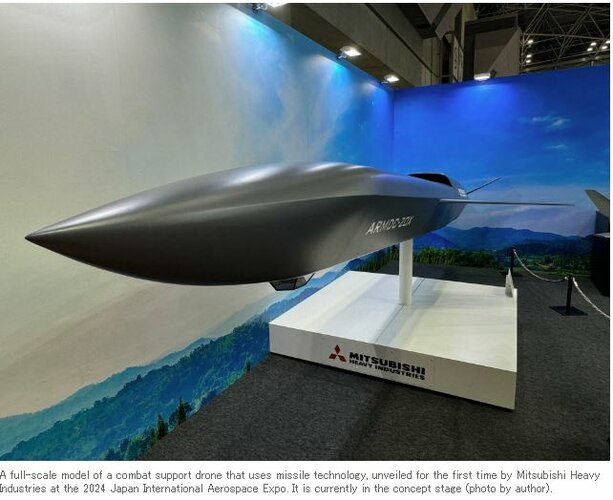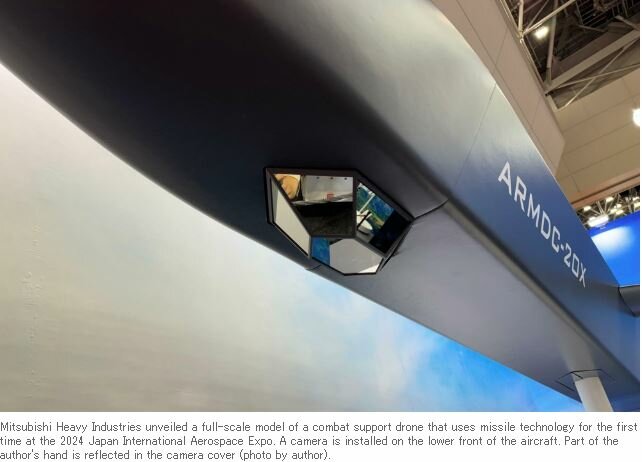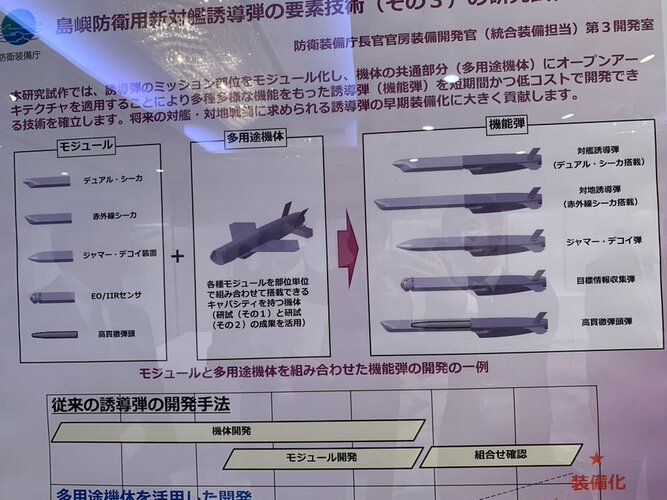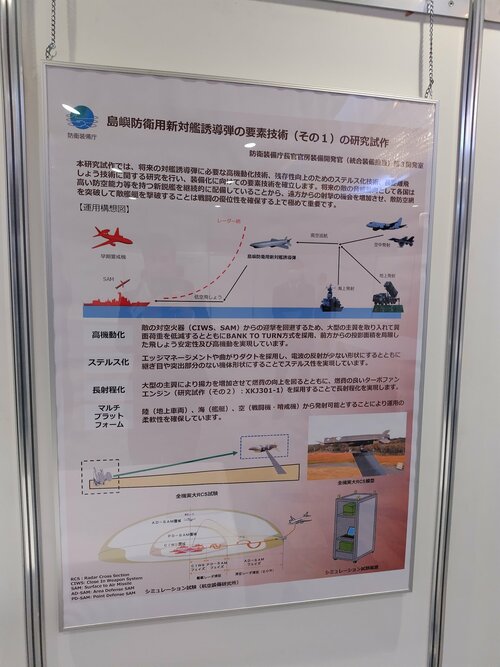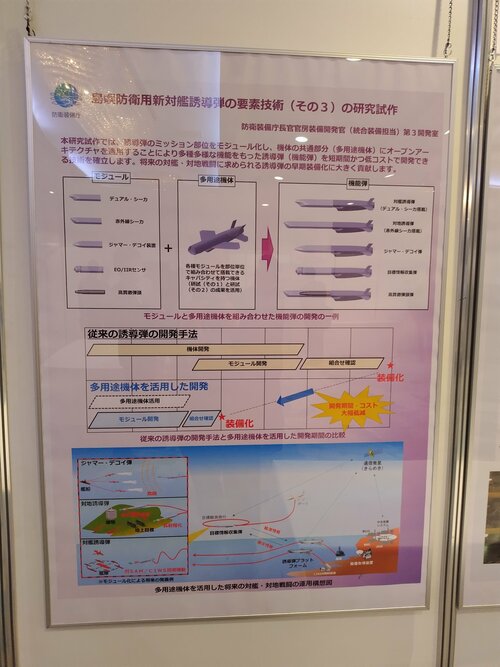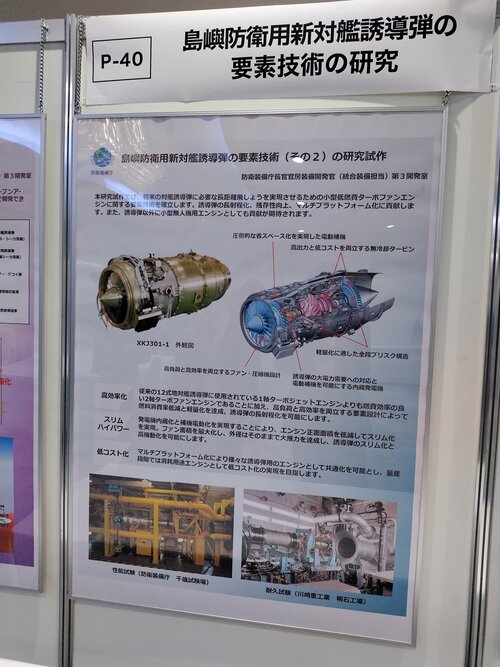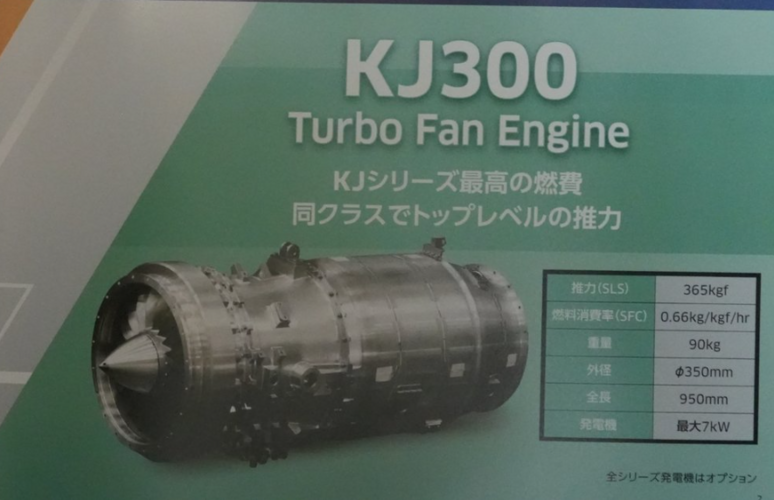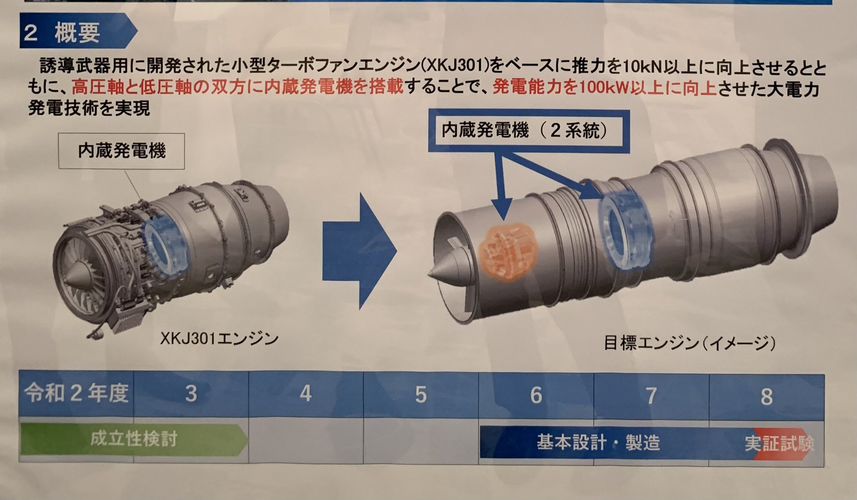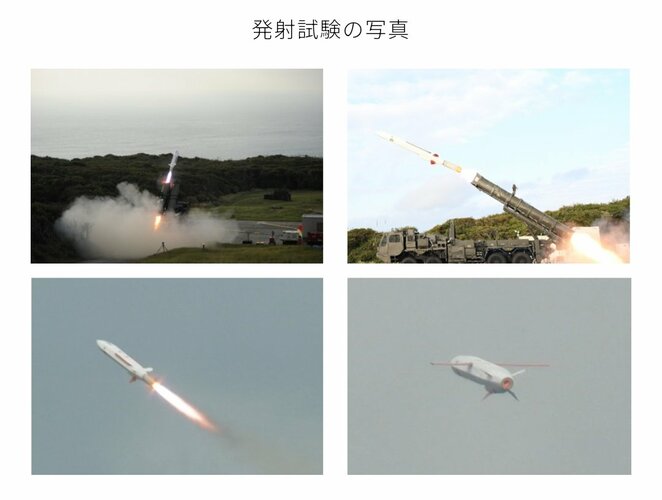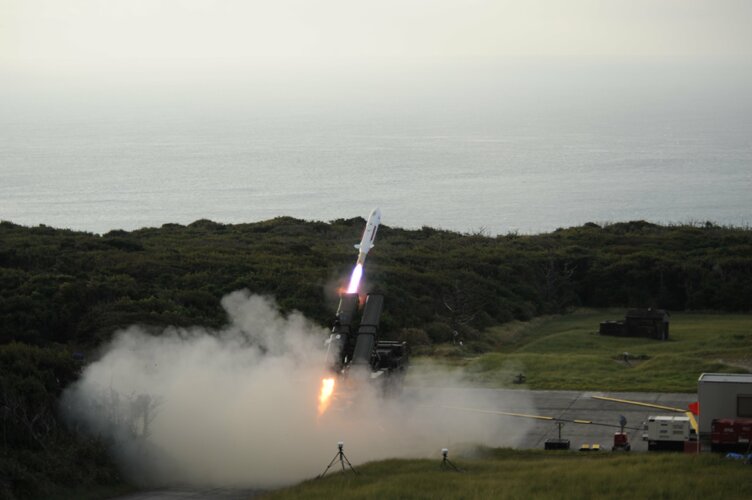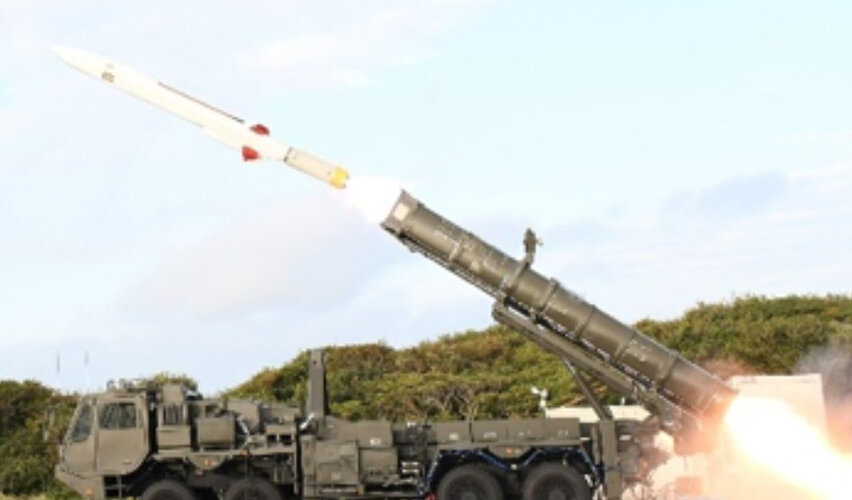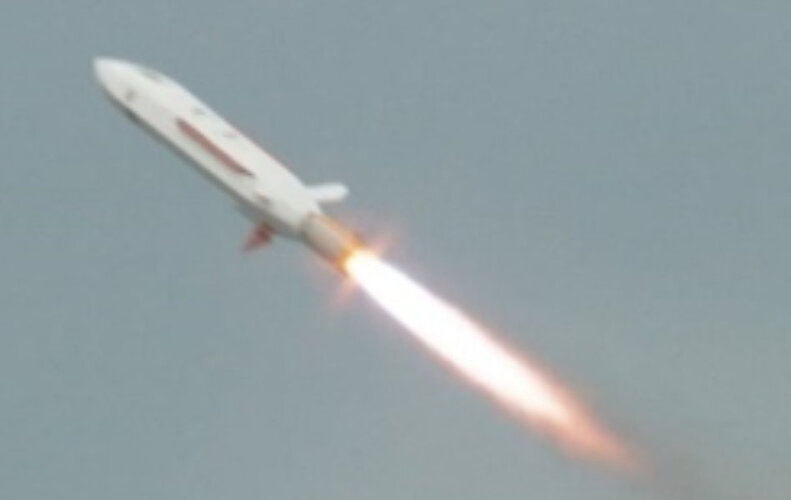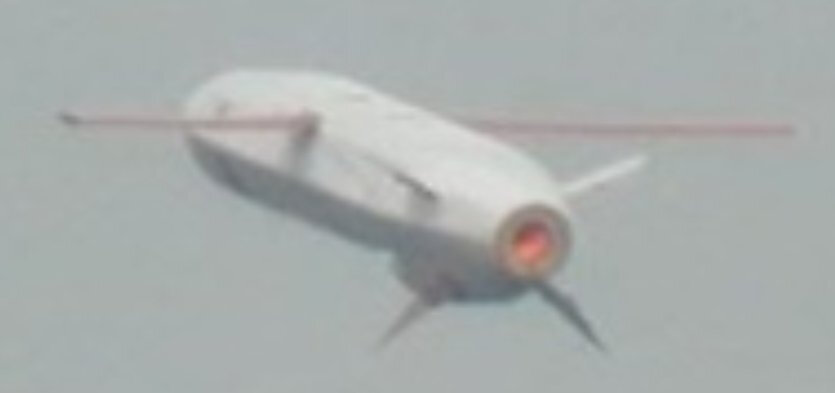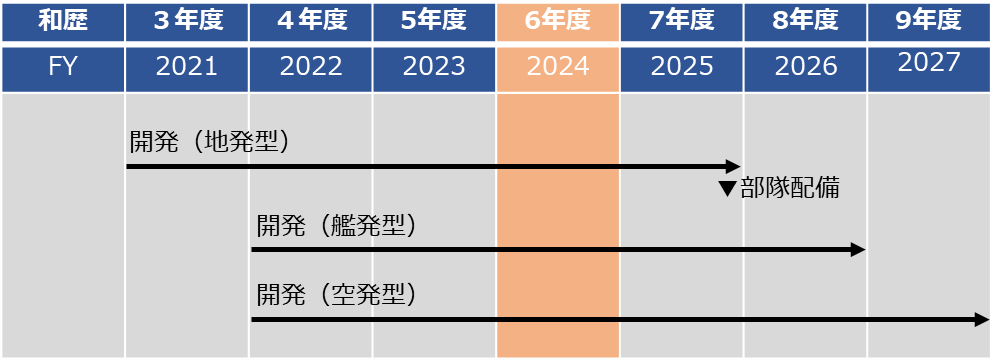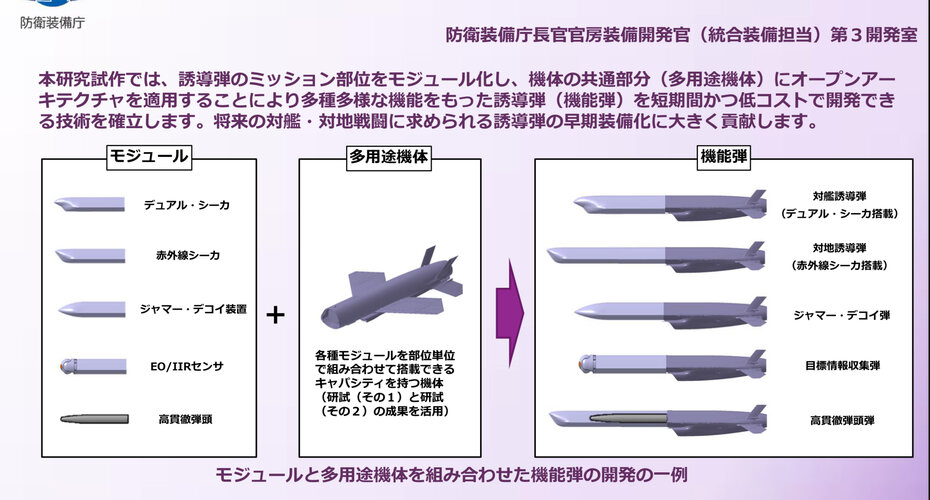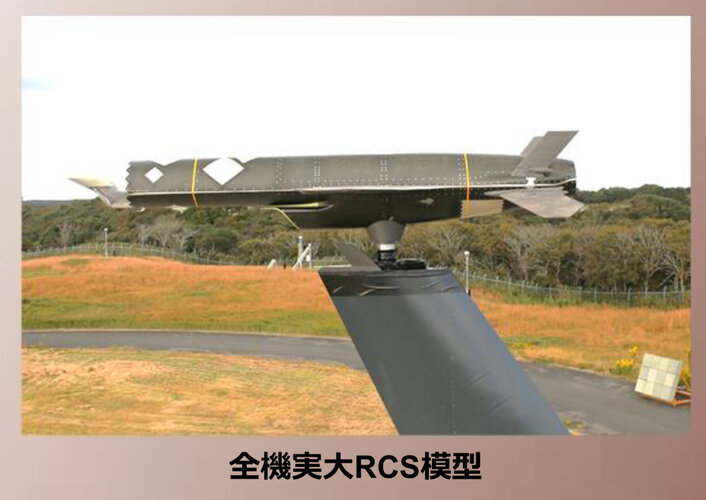Forest Green
ACCESS: Above Top Secret
- Joined
- 11 June 2019
- Messages
- 9,487
- Reaction score
- 17,347

Japan Kicks Off New Anti-Ship Cruise Missile Project
Known as the "new SSM," the missile is expected to help bolster the defenses of Japan's southern islands against possible Chinese aggression.
KHI's prototype missile certainly seems to match the general characteristics of the "new SSM," if not beyond the company's name choice. Quoting KHI officials, Naval News reports that KHI's “island defense anti-ship missile” is designed for high maneuverability over long ranges. It will be able to be employed from warships, aircraft, and land-based launchers, and could be modified to enable launch from submarines. In terms of its engine, KHI's missile will be fitted with the KJ300, a new turbofan engine currently under development by the company.
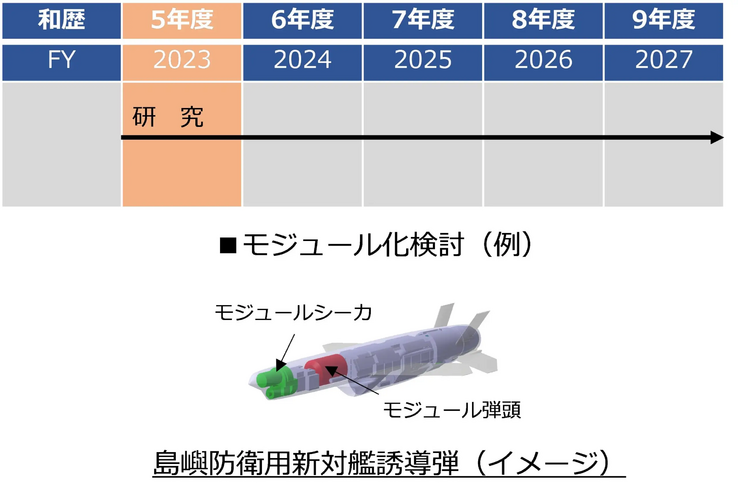
View: https://twitter.com/LokmanKaradag1/status/1637105066590240769?s=20
View: https://twitter.com/GBP16691446/status/1636707265313898498?s=20

